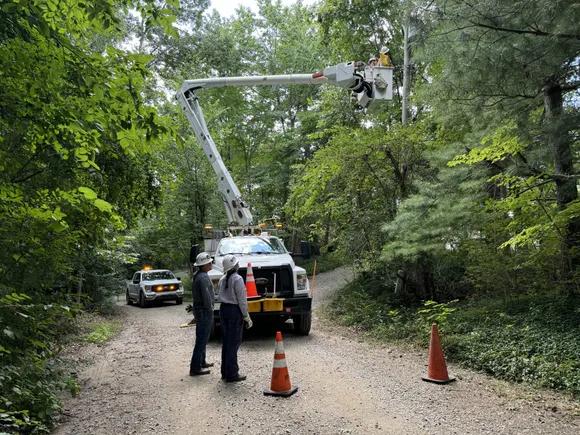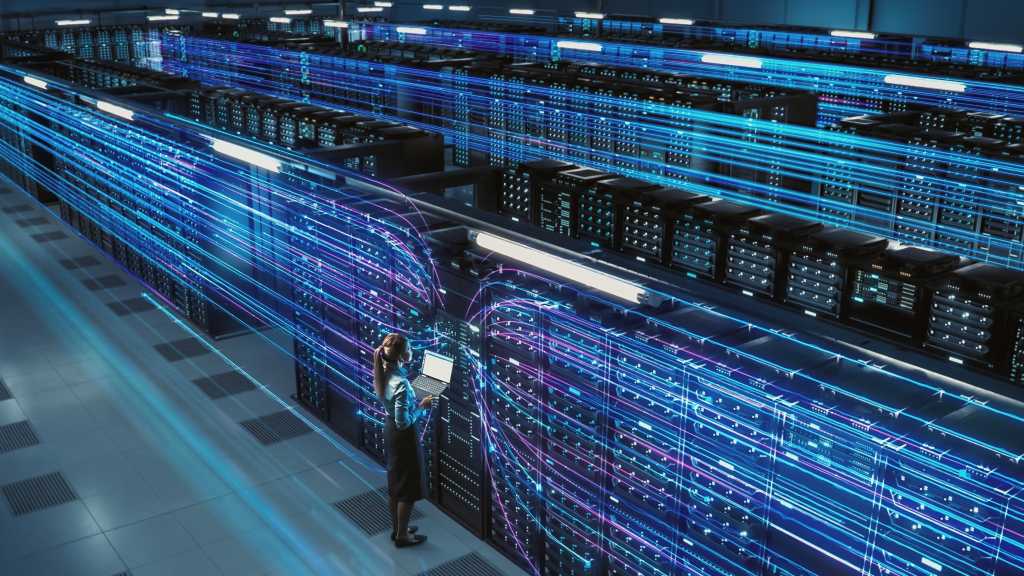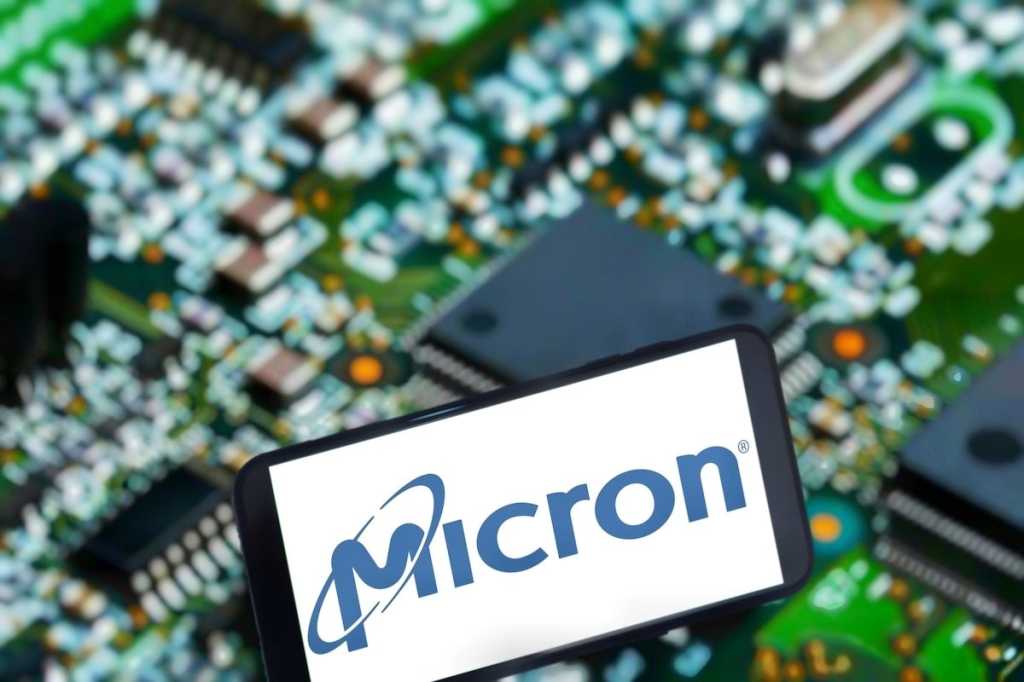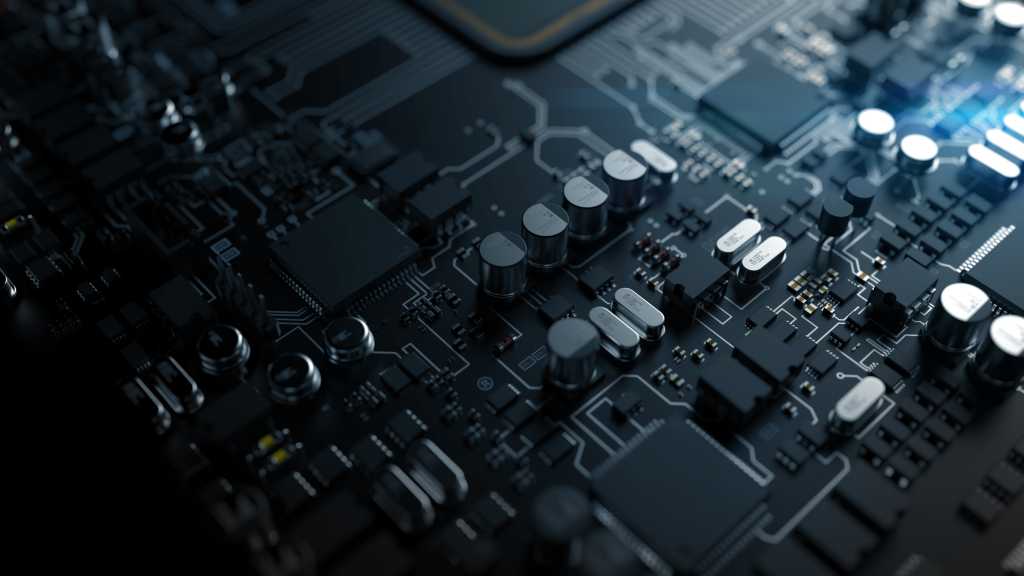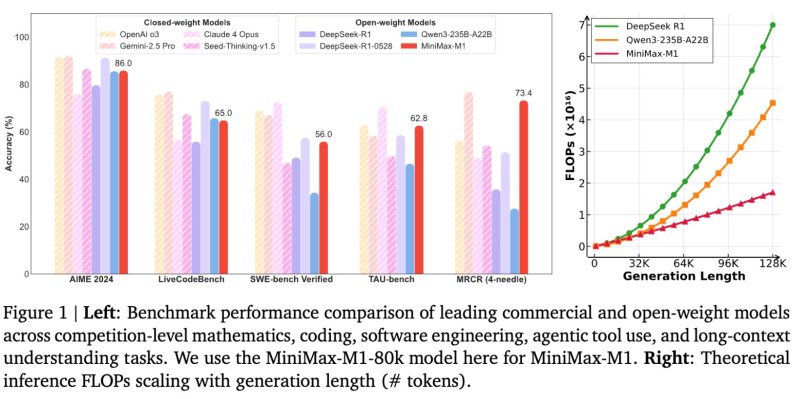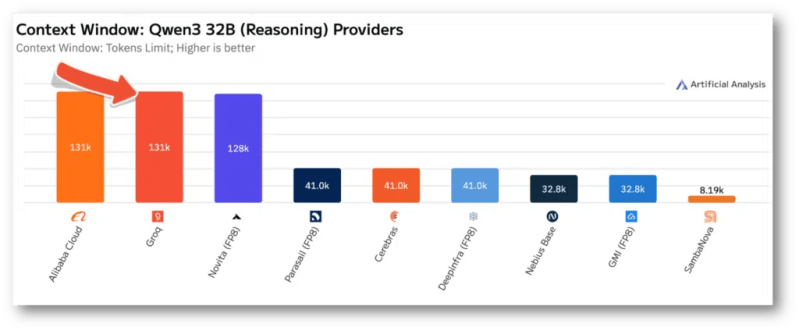
DV Group is expanding its nascent commodities-trading business, with plans to hire as many as 15 traders by the end of the year, particularly in the increasingly volatile softs business.
The Chicago-based proprietary trading firm — one of the biggest market makers across the oil industry — will add staff for base and precious metals as well as agriculture and soft commodities. The firm previously specialized in crude, refined products, natural gas and related markets across the US, Europe and Asia.
To emphasize the broader focus, the trading operation will change its name from DV Energy to DV Commodities. The new businesses will contribute half of the firm’s revenue and account for two-thirds of its risk exposure, said Sean Lambert, partner at DV Trading and global head of DV Commodities.
“The rebrand is meant to reflect the markets that we’re heavily involved in,” Lambert, who founded DV Energy in 2013, said in an interview. “It’s not just energy anymore.”
Commodities beyond energy have been a focus for hedge funds and merchant traders in recent years as wider price swings create opportunities for bumper profits. At the same time, haven assets such as precious metals have become a popular bet as US economic dominance comes into question. Base metals — used for electric-vehicle batteries, power cables and renewable-energy facilities — are also expected to be a high-growth area in the years ahead.
Bloomberg reported earlier that Vitol Group and Gunvor Group both took significant long positions in LME aluminum contracts, while Mercuria Energy Group Ltd. snapped up copper to leverage a widening price differential on the heels of US tariffs.
DV plans to expand into physical base metals, but that’s not an “immediate priority,” Lambert said.
Soft commodities are also having a moment. Last year, Andurand Capital Management raised eyebrows after exiting all positions in oil futures in favor of bets on copper and cocoa. Now, firms like Hartree Partners are looking to hire seasoned softs traders as cocoa and coffee markets experience global supply shortfalls.
DV Group has been gradually expanding its footprint in commodities for years, from hiring a senior coffee trader to several fuel and natural gas traders last year. The firm plans to continue growing in natural gas and power, which has been a significant driver of profits at top multistrategy hedge funds, including Citadel and Millennium.
DV Commodities has roughly 35 desks across London, New York, Chicago, Houston and Dubai.
WHAT DO YOU THINK?
Generated by readers, the comments included herein do not reflect the views and opinions of Rigzone. All comments are subject to editorial review. Off-topic, inappropriate or insulting comments will be removed.
MORE FROM THIS AUTHOR
Bloomberg










